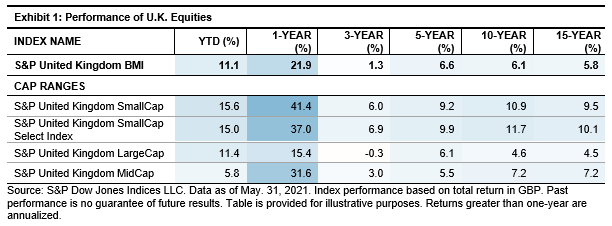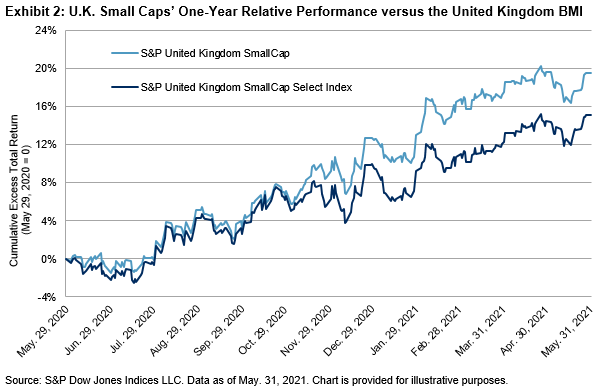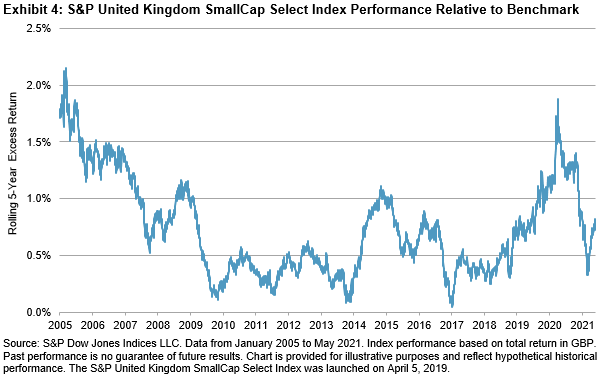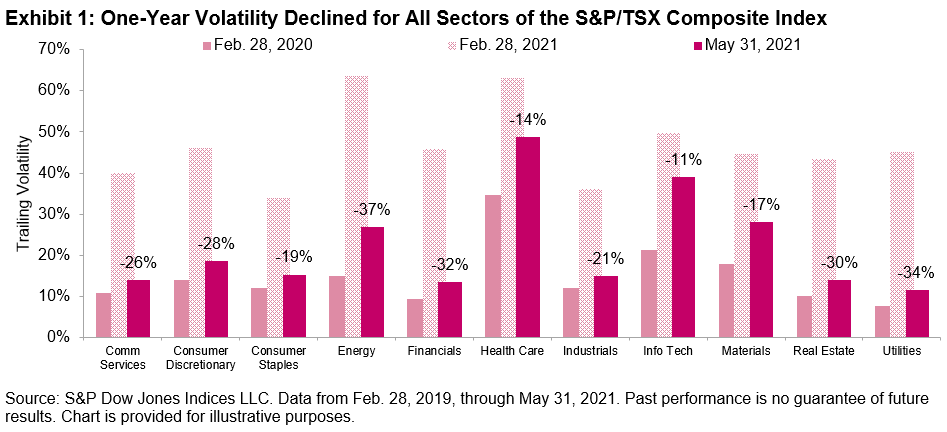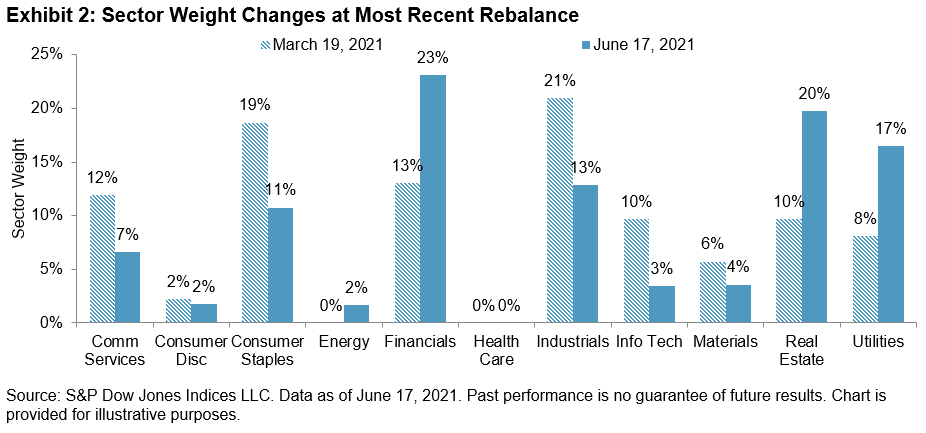John van Moyland, Global Head of S&P Kensho Indices at S&P DJI, joins Matthew Bartolini of State Street Global Advisors to examine how a new generation of indices, powered by AI and designed to track exponential innovation systematically, is helping advisors access the companies driving the Fourth Industrial Revolution.
The posts on this blog are opinions, not advice. Please read our Disclaimers.




